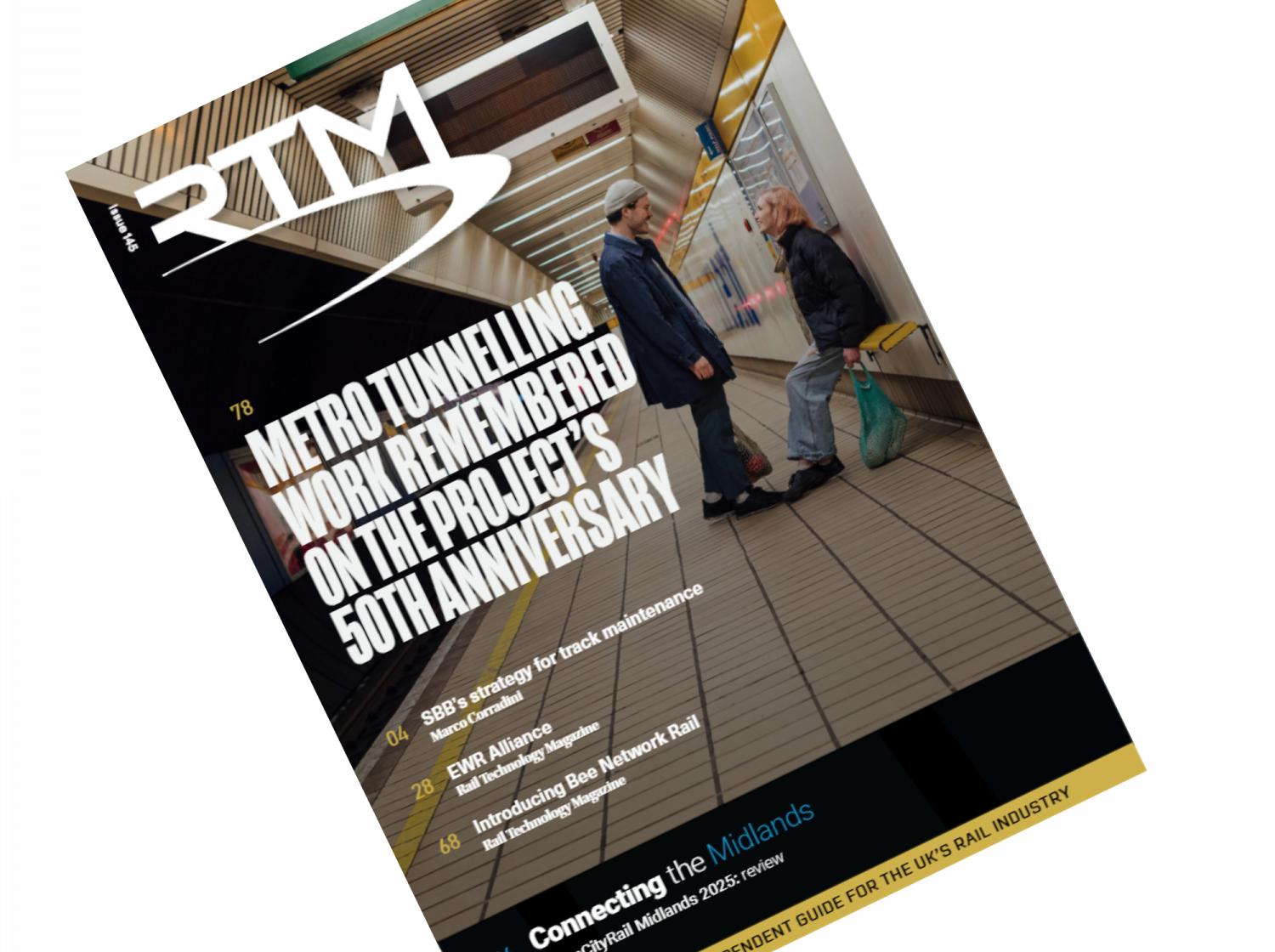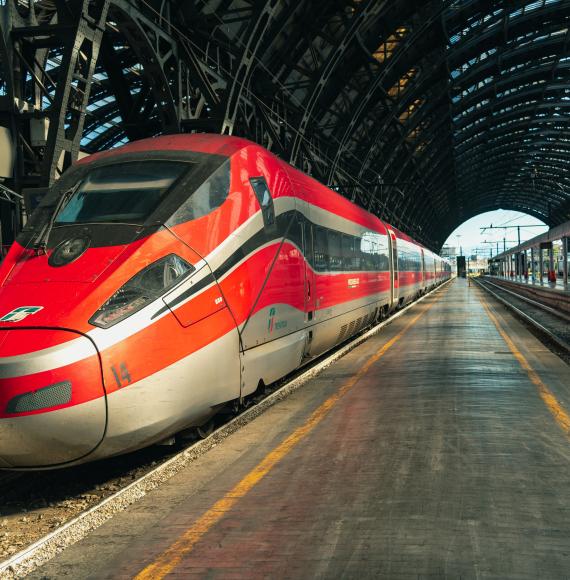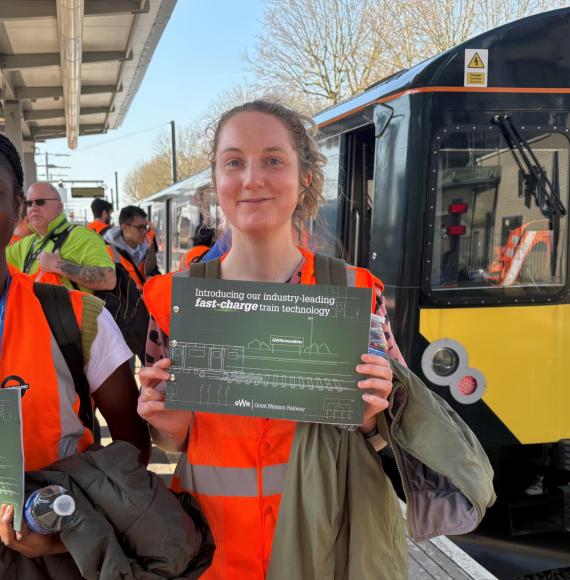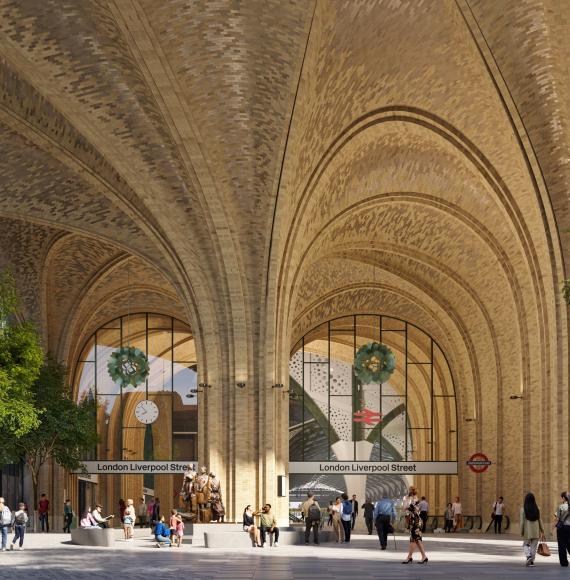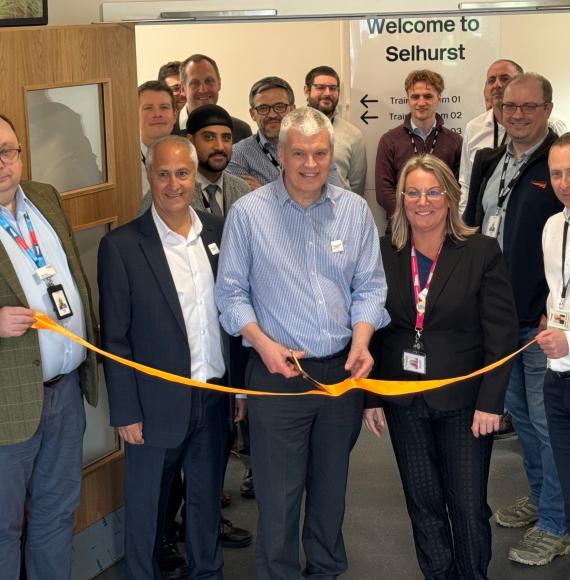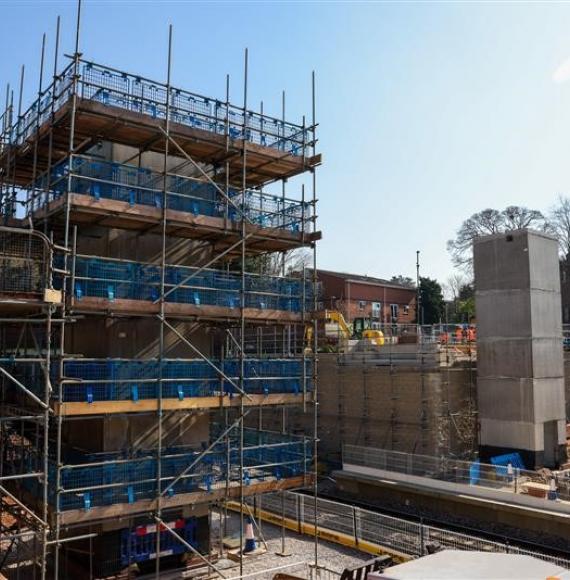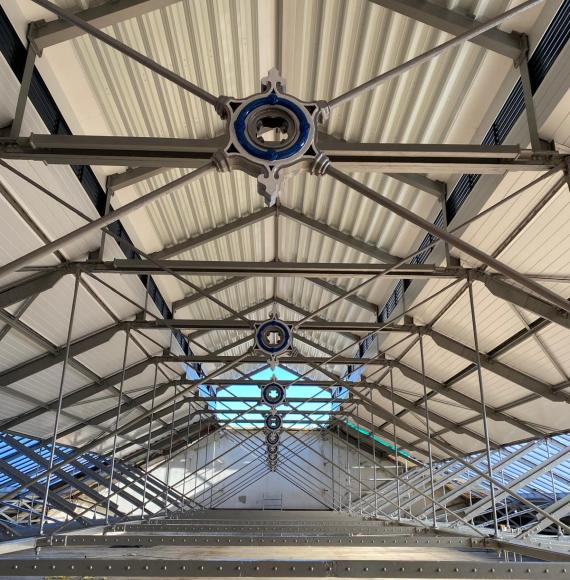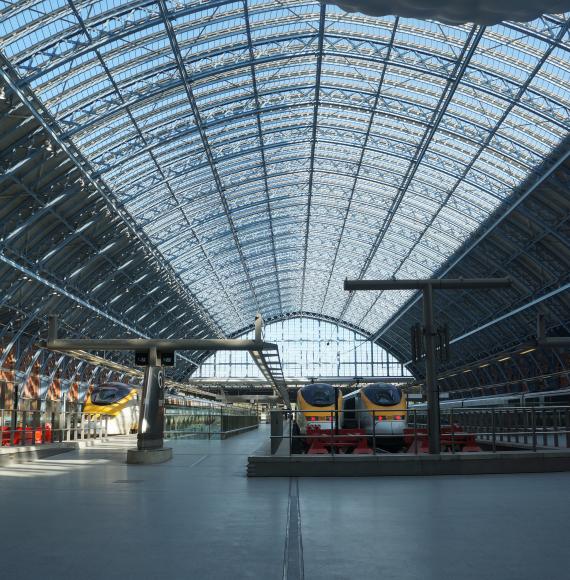The continuing expansion of the HS2 rail construction has been given a massive boost regarding its environmental impact on its surrounding areas. As the construction pushes through the area of Cubbington, in Warwickshire, a new plan will be implemented that will reduce the materials needed to complete this portion of the project, as well as cutting the time required for this area’s development.
HS2 Minister Andrew Stephenson has made the plans intentions clear, by saying: “From the beginning, our vision for HS2 has always been to leave the environment surrounding the route in the same condition, if not better, than we found it and build a cleaner and greener transport future.”
The new designs for this area have scrapped the concrete retaining walls. This is significant for the surrounding area as the railway will now run through a V shaped open cutting, incorporating grass slopes and embankments.
A notable feature of the designs is set to include of two green overbridges, connecting existing footpaths for people to access local woodland areas. The utilisation of greenery within the construction itself will enhance the aesthetics for the local community whilst also greatly benefitting the wildlife’s natural habitats within Cubbington.
The new designs being implemented within Cubbington are looking to raise the rail line by around 2 metres, thus removing the need to excavate 150,000 cubic metres of soil which then leads to 60,000 cubic metres less concrete, and steel being needed for the construction. These plans fit alongside Stephenson’s ambitions of “reducing (the) carbon equivalent of taking 8,500 HGVs off local roads, moulding our designs to ensure wildlife thrives alongside the new tracks and ensuring residents can continue to enjoy the rich nature forestry surrounding their village.”
HS2’s construction partner Balfour Beatty VINCI Joint Venture, are also trying to aid Stephenson’s ambitions by planting approximately 12 hectares (equivalent to just over 10 football pitches) of woodland near South Cubbington Wood and around a further 18 hectares (about the area of 15 football pitches) of trees across the wider Cubbington area.
Julia Baker, BBV’s Biodiversity Lead stated their ambitions with the claim: “We have created a solution which reduces our carbon footprint and provides habitats for wildlife and green connections for people in the local area.”
Though the environmental impacts for this build are fantastic to preserving the natural beauty within the affected areas, it is also vital to note the reduction in costs. By incorporating these environmental plans, those involved can cut the carbon footprint through the lack of around 8,500 HGV movements. This lack of required heavy machinery will massively decrease the projected costs involved in this railway construction.
This portion of the HS2 project should be examined and look to be replicated wherever possible moving forward, not just to help reduce a carbon footprint but also to cut costs wherever possible. Working to incorporate natural environments within construction projects supports communities’ agricultural needs and environmental beauties, whilst also aiding the maintenance of budgetary requirements.



